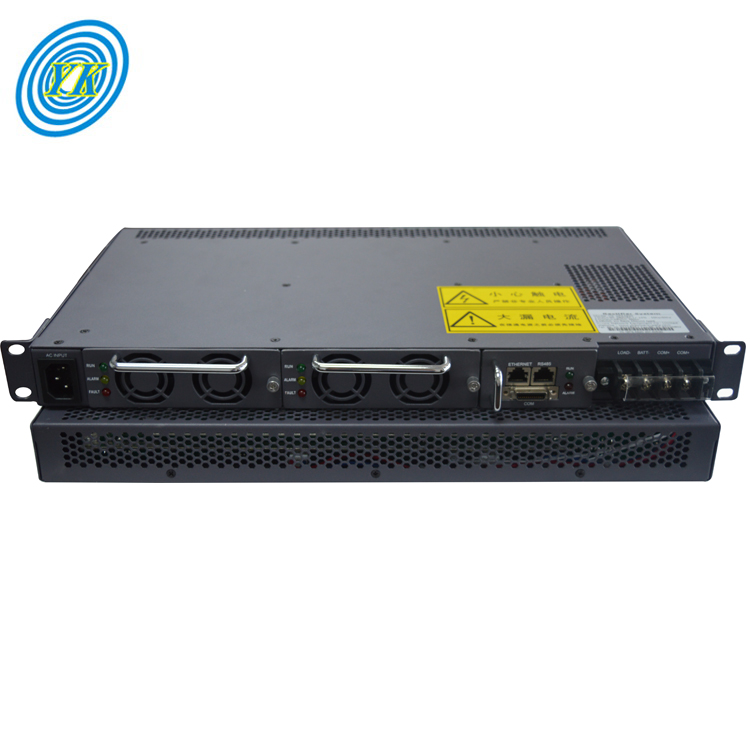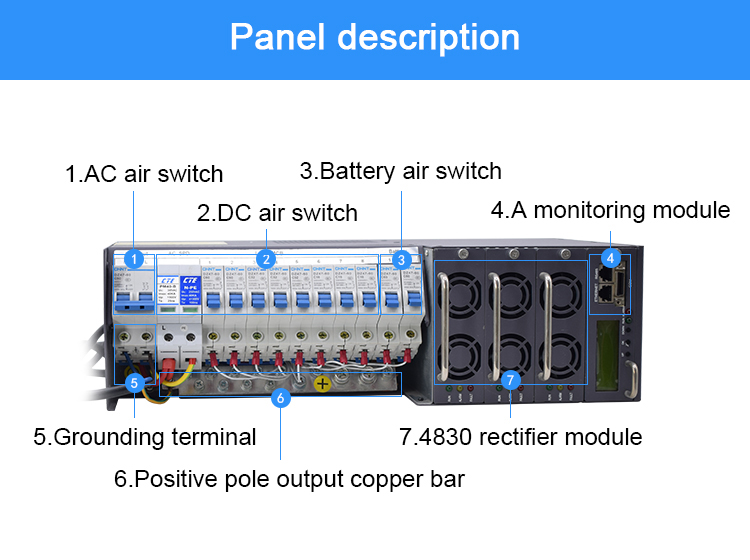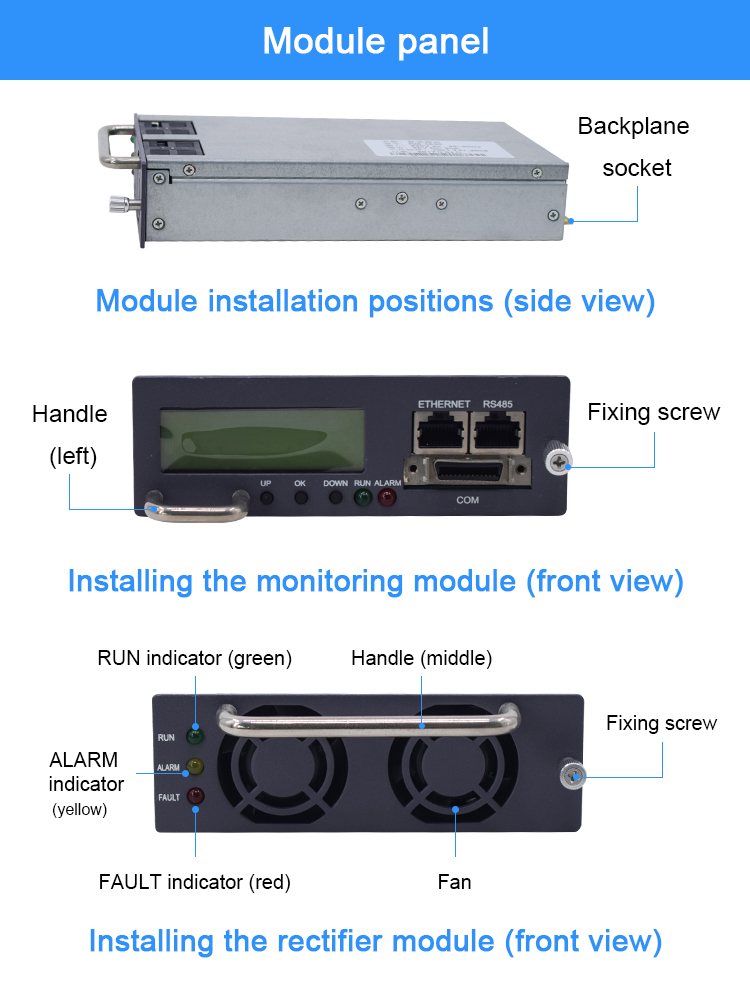News
Mastering Rectification: An In-depth Examination of Rectifiers, Their Types, and Applications
Click: 901 Date: 01/29/2024 5::10::37 PM
Mastering Rectification: An In-depth Examination of Rectifiers, Their Types, and Applications

Exploring Different Types of Rectifiers
Rectifiers are crucial devices in many electronic circuits, converting Alternating Current (AC) into Direct Current (DC) via the use of one or more P-N junction diodes. They play a significant role in numerous applications, especially where DC voltage is required for operation.
Understanding the Basics of Rectifiers
At the core of rectification is the behavior of a P-N junction diode. This diode allows electric current only in the forward bias condition and blocks it in the reverse bias condition. Essentially, a diode permits electric current in one direction, which is why it can function as a rectifier.
Half Wave Rectifiers
Half wave rectifiers operate by converting half of the AC input signal (positive half cycle) into a pulsating DC output signal. The remaining half signal (negative half cycle) is either blocked or lost. These rectifiers utilize a single diode in their circuit.
Full Wave Rectifiers
In contrast, full wave rectifiers convert the entire AC input signal (both positive and negative half cycles) into a pulsating DC output signal. Unlike half wave rectifiers, the input signal isn't wasted in full wave rectifiers. As a result, full wave rectifiers have higher efficiency compared to half wave rectifiers.
Practical Application of Rectifiers
In everyday life, many electronic devices use AC current. For instance, laptops convert this AC current into DC current before consuming power. The AC adapter of the laptop connects to the AC source and converts the high AC voltage or high AC current into low DC voltage or low DC current. This low DC current is then supplied to the laptop battery, a process known as laptop charging.
In conclusion, understanding different types of rectifiers and their operation is fundamental to grasping the principles of power electronics and the functionality of various electronic devices.
Diodes play a pivotal role in rectification processes, serving as key components in various rectifier circuits. They function by allowing current to flow in one direction (the forward direction) when a certain threshold of voltage is reached, and blocking it in the reverse direction. This characteristic is instrumental in converting alternating current (AC) to direct current (DC).
One of the key aspects of diodes is their polarity. The electrode terminals of a diode are known as the anode (A) and the cathode (K). Current flows when the anode electrode is at a positive potential. Therefore, it's crucial to correctly identify the polarity of a diode during installation, especially in full wave rectifiers where the diodes are connected in series.
There are several types of diodes that serve different purposes in rectification processes. For instance, Fast Recovery Diodes (FRDs) are often used in high-frequency applications due to their fast switching speed. Zener Diodes, also known as Voltage Regulator Diodes, allow a specific amount of current to flow even when the input voltage exceeds a certain level. This feature makes them useful in applications like DC stabilizers.
In conclusion, diodes are integral to rectification processes. Their ability to control the direction of current flow is what enables the conversion of AC to DC. Understanding the characteristics and uses of different types of diodes is essential for effective design and operation of rectifier circuits.

Understanding the Importance of Filters in Rectified Power Systems
Rectification is a fundamental process in electrical engineering, converting alternating current (AC) into direct current (DC). However, the output of a rectifier is not always perfect DC; it often contains unwanted AC components, known as ripple. These ripples can cause problems in electronic devices that require a constant DC voltage and current. Therefore, filters play a crucial role in rectified power systems, providing a smooth and stable DC output.
Why Are Filters Needed in Rectified Power Systems?
Filters are essential because they eliminate fluctuations in the output voltage of a rectifier and produce a constant level of DC voltage. Without filters, electronic circuits would struggle to operate properly due to the inconsistent DC voltage and current. Filters are typically implemented with capacitors, although voltage regulation in power supplies is usually done with integrated circuit voltage regulators.
How Do Filters Work in Rectified Power Systems?
Filters work by reducing the ripple factor, an indication of the effectiveness of the filter. The ripple factor is defined as the ratio of the peak-to-peak ripple voltage to the average DC value of the output voltage. The lower the ripple factor, the better the filter. This ripple factor can be lowered by increasing the value of the filter capacitor or increasing the load resistance.
Types of Filters Used in Rectified Power Systems
There are several types of filters used in rectified power systems, including capacitor filters, inductor filters, and combined capacitor-inductor filters. Capacitor filters are commonly used to eliminate the ripples in the output voltage of a rectifier. Inductor filters are mostly used in cases of high load current or small load resistance. Combined capacitor-inductor filters (CLC filters) consist of a capacitor filter followed by an inductor section.
Conclusion
In conclusion, filters are indispensable in rectified power systems. They provide a stable and constant DC output, which is essential for the proper operation of electronic devices. Understanding the importance of filters and how they work can greatly aid in the design and implementation of effective rectified power systems.

Inverters and Rectifiers: A Comparative Study
Rectifiers and inverters are both essential components in many electronic systems, but they serve different purposes and have distinct characteristics. This comparative study aims to shed light on the similarities and differences between these two devices.
The Role of Rectifiers
A rectifier is primarily designed to convert alternating current (AC) to direct current (DC). It achieves this by allowing one polarity of the input waveform to pass through while blocking the other. There are several types of rectifiers, such as full wave, half wave, and bridge rectifiers, each with unique characteristics and applications. For instance, a full wave rectifier is capable of converting both positive and negative halves of the AC signal into DC, making it ideal for applications requiring high efficiency and low ripple voltage.
The Functionality of Inverters
On the other hand, an inverter is a device that performs the opposite function - it converts DC to AC. This conversion process is often used to interface with AC devices from a DC power source. Like rectifiers, inverters come in various forms, such as single phase and three-phase, each suitable for different applications. Single phase inverters are typically used for small appliances, while three-phase inverters are commonly employed in larger industrial settings.
Similarities Between Rectifiers and Inverters
Despite their distinct functions, rectifiers and inverters share certain similarities. Both devices rely on semiconductor materials, such as diodes and transistors, to control the flow of electrical current. Furthermore, they both play crucial roles in power electronics, where they are integral parts of power supply systems.
Key Differences Between Rectifiers and Inverters
However, the primary difference between rectifiers and inverters lies in their functionality. While rectifiers transform AC into DC, inverters perform the reverse operation, transforming DC into AC. This makes them indispensable in applications where a DC power source needs to interface with AC devices, or vice versa.
In conclusion, while rectifiers and inverters may seem like opposites, they are both vital components in power electronics. Understanding their unique characteristics and functionalities can greatly aid in designing efficient and effective electronic systems.

Applications of Rectifiers in Modern Electronics
Rectifiers are integral components in modern electronics, playing a crucial role in power systems and various devices. They convert alternating current (AC) into direct current (DC), enabling numerous applications across different sectors.
Power Supplies
Rectifiers are fundamental components in power supplies for electronic devices, ensuring a steady DC voltage output from an AC source. This includes power adapters for laptops, phones, and other electronic gadgets. The use of a rectifier within the power supply helps in the conversion of AC to DC power.
Battery Chargers
Rectifier diodes find use in battery charging circuits, like those in smartphones, laptops, and automotive battery chargers. They convert AC to DC for battery charging from the wall outlet. Essentially, rectifiers are used even in our cell phone chargers to convert the AC from our home outlets to DC.
Rectifier Bridges
Rectifier diode bridges, consisting of four diodes arranged in a bridge configuration, commonly feature in power diode rectification. They make them a key component in various electronic devices and power supplies.
HVAC Systems
Heating, ventilation, and air conditioning systems often use rectifier diodes for controlling the rectification of AC power in control circuitry.
Variable Frequency Drives (VFDs)
In VFDs, a diode is used to motor control and speed regulation. Rectifier diodes assist in converting AC to DC before converting it back to variable-frequency AC for motor control.
In conclusion, rectifiers play a vital role in modern electronics. They are found in power supplies, battery chargers, rectifier bridges, HVAC systems, and variable frequency drives. Their ability to convert AC to DC makes them indispensable in these applications.
